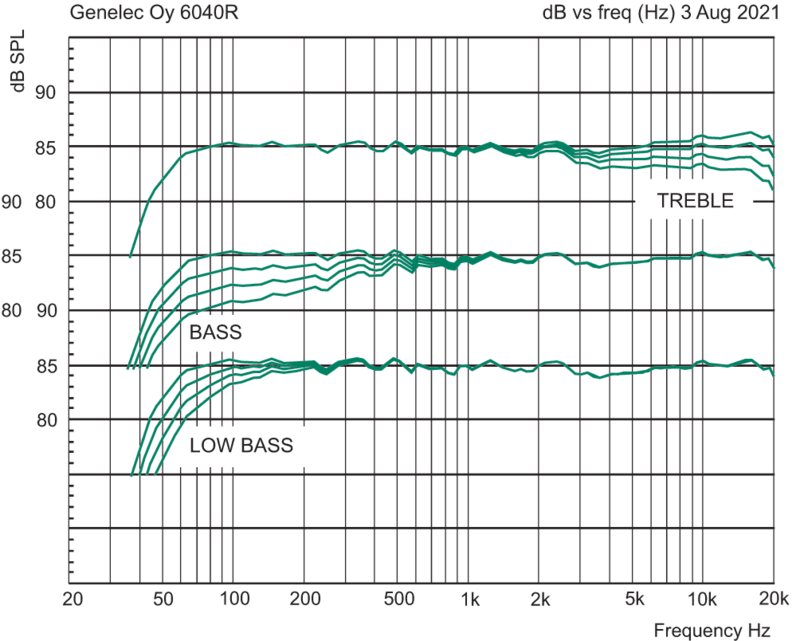Apologies if this has been summarized already on ASR but I could not find it.
Based on this image from Genelec, shouldn't all full-range speakers be near to the front wall?
I have heard the advice that for best stereo image the speakers should be away from the front wall.
Is this "away from the front wall" advice because:
-For full range speakers there is so much bass boost that it "overpowers" the image? (activating room modes, which could be fixed with eq to reduce bass)
-Bass is radiating backwards (full space, mostly below 250hz?), is reflecting off the wall, and also radiating forwards, creating a timing issue?
-Speakers next to the front wall are toed in so much that it causes an extra reflection point?
-From this Stereophile review https://www.stereophile.com/content/dutch-dutch-8c-active-loudspeaker-system "The potential downsides of positioning the speakers so close to the front wall are midrange colorations, but those are minimized by the highly controlled cardioid dispersion of the front drivers." So maybe close to the front wall is only a problem for speakers that do not have controlled directivity? (Where Dutch & Dutch and Genelec do have control, so it's ok?)
Or, perhaps "away from the front wall" is total nonsense?
I would guess that a lot of people have their speakers in the 3-6ft AVOID! range. That cancellation/comb filtering doesn't seem fixable by EQ according to this note from Genelec "Equalization of the monitor output level does not help, as the same level change applies also to the reflected sound."

Thoughts? Thank you!
Based on this image from Genelec, shouldn't all full-range speakers be near to the front wall?
I have heard the advice that for best stereo image the speakers should be away from the front wall.
Is this "away from the front wall" advice because:
-For full range speakers there is so much bass boost that it "overpowers" the image? (activating room modes, which could be fixed with eq to reduce bass)
-Bass is radiating backwards (full space, mostly below 250hz?), is reflecting off the wall, and also radiating forwards, creating a timing issue?
-Speakers next to the front wall are toed in so much that it causes an extra reflection point?
-From this Stereophile review https://www.stereophile.com/content/dutch-dutch-8c-active-loudspeaker-system "The potential downsides of positioning the speakers so close to the front wall are midrange colorations, but those are minimized by the highly controlled cardioid dispersion of the front drivers." So maybe close to the front wall is only a problem for speakers that do not have controlled directivity? (Where Dutch & Dutch and Genelec do have control, so it's ok?)
Or, perhaps "away from the front wall" is total nonsense?
I would guess that a lot of people have their speakers in the 3-6ft AVOID! range. That cancellation/comb filtering doesn't seem fixable by EQ according to this note from Genelec "Equalization of the monitor output level does not help, as the same level change applies also to the reflected sound."

Thoughts? Thank you!
Last edited:


